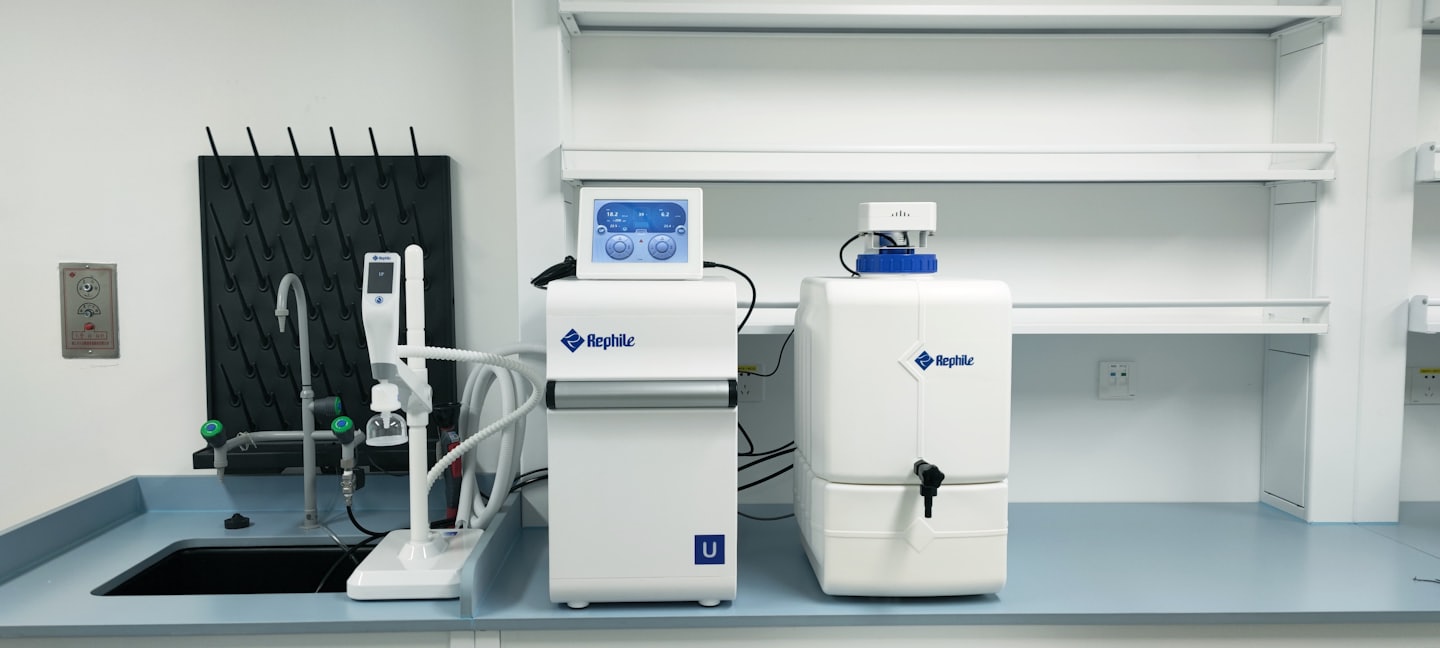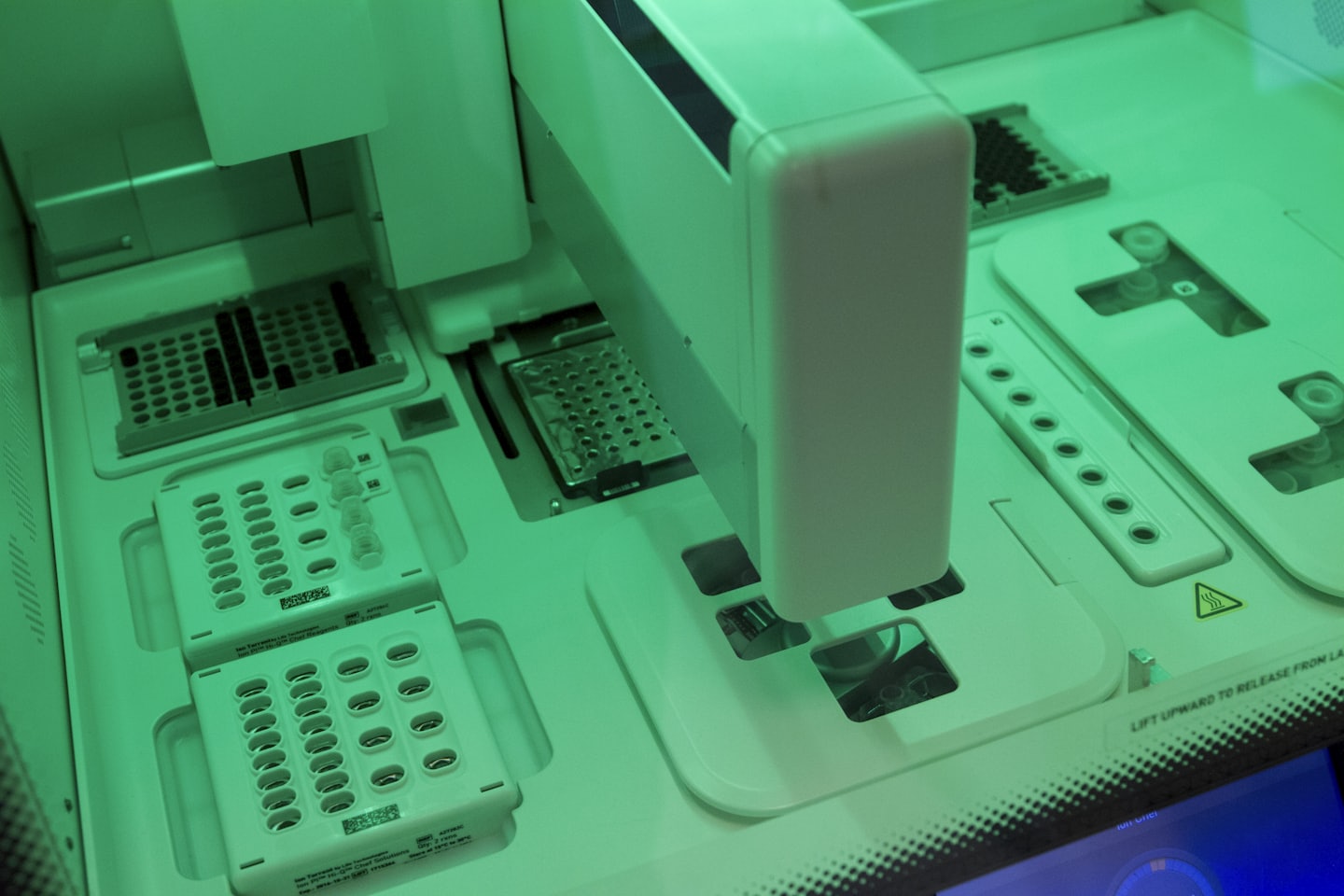The Intersection of Education and Bioprinting
How Learning, Technology, and Tokenized Innovation Are Shaping the Next Generation of Medical Science
🎓 Introduction: Teaching the Future of Life
In every era of technological progress, education plays a defining role.
From the Industrial Revolution to the age of AI, the pace of innovation has always depended on how fast humanity learns.
Now, as 3D bioprinting begins to transform medicine, engineering, and biology itself, a new question emerges:
How do we teach people to print life?
The intersection of education and bioprinting isn’t just about technical training — it’s about preparing the next generation of scientists, doctors, and entrepreneurs to ethically and intelligently use one of the most powerful tools ever invented.
At the core of this movement stand three key platforms driving awareness, collaboration, and funding:
-
3D Printing Channel: a global media hub making additive manufacturing knowledge accessible to all.
-
3D Printing Ventures: a strategic accelerator investing in cross-disciplinary innovation, from bioprinting to blockchain.
-
3D Printing Coin ($3DP): the token powering decentralized research, education, and collaboration across the 3D printing ecosystem.
Together, they represent a new educational infrastructure for the biotech century — one that connects classrooms, laboratories, and digital networks worldwide.
🧬 The New Frontier of Bioprinting Education
From Textbooks to Tissue Labs
Traditional education in biology and medicine focused on memorization, dissection, and observation.
Bioprinting education introduces creation and collaboration — students don’t just study cells, they learn to design and print them.
Leading universities and research institutes are integrating biofabrication programs that combine:
-
Biomedical engineering
-
Materials science
-
Regenerative medicine
-
Artificial intelligence and robotics
-
Digital ethics and blockchain governance
Students now learn how to code DNA patterns, manage 3D models of tissue structures, and even simulate cell behavior using AI.
This multidisciplinary approach is giving rise to a new professional identity: the biofabrication engineer — part scientist, part artist, and part technologist.
🧫 Hands-On Learning Through Bioprinting Labs
“Learning by Printing”
Across campuses and maker spaces, 3D bioprinters are becoming educational tools just like microscopes once were.
Instead of theoretical lectures on tissue morphology, students can now print real biological scaffolds, analyze their structure, and watch cellular growth in real time.
For instance:
-
High school STEM programs are using affordable bioprinters to teach students about anatomy, biomaterials, and sustainability.
-
University research clusters are allowing undergraduates to co-author projects with medical faculty.
-
Medical schools are incorporating bioprinted organ models for surgical simulation, improving precision training without relying on cadavers.
The result is a generative education model, where curiosity directly leads to creation — and every print becomes a lesson in possibility.
“When students watch cells come to life on a printer bed, biology becomes tangible — it becomes art and engineering at once.”
— Dr. Elise Tan, Director of Educational Biofabrication at Stanford University
🧠 The Role of Digital Media: 3D Printing Channel
As education evolves, media becomes the classroom of the masses.
The 3D Printing Channel serves as a bridge between professionals and the public, delivering accessible content on additive and bioprinting advancements.
Through interviews, documentaries, and digital courses, it demystifies bioprinting for students, educators, and investors alike — showing real-world applications in healthcare, sustainability, and robotics.
From “how-to” tutorials on 3D bio-design to in-depth conversations with biotech pioneers, the 3D Printing Channel is helping transform awareness into literacy, and literacy into action.
💼 Funding Education Through Innovation: 3D Printing Ventures
Bioprinting education isn’t just about classrooms — it’s about ecosystems that fund and scale learning.
3D Printing Ventures plays a crucial role in connecting emerging talent with the resources to turn ideas into impact.
Its Venture Learning Framework supports:
-
Student-led startup incubation
-
Sponsored university challenges
-
Industry-academia partnerships
-
Decentralized R&D using open-access blockchain verification
By integrating education with entrepreneurship, 3D Printing Ventures ensures that every research breakthrough has a pathway to market — and every student project has the potential to become a company.
“Education shouldn’t stop at the lab bench — it should start new industries.”
— Rich Benvin, Founder, 3D Printing Ventures


🪙 Tokenized Learning: The $3DP Model
One of the most exciting developments in the intersection of education and bioprinting is tokenized knowledge exchange.
The 3D Printing Coin ($3DP) introduces a decentralized model for funding education and rewarding innovation.
How It Works:
-
Learn-to-Earn: Students earn $3DP tokens for completing certified courses or contributing to open-source bio-designs.
-
Fund-to-Learn: Educational institutions and research labs can receive micro-grants or scholarships funded in $3DP.
-
Collaborate-to-Create: Researchers share validated designs (bioinks, scaffolds, cell patterns) on-chain, earning tokenized royalties for peer usage.
This democratizes access to bioprinting education — allowing global participation without relying on traditional gatekeepers or funding barriers.
“In the age of tokenized education, the classroom is decentralized, and curiosity itself becomes currency.”
— Bioprinting World Manifesto
🌐 The Decentralized Classroom of the Future
Imagine a connected global platform where:
-
A student in India takes an online AI-biofabrication course.
-
A startup in Brazil contributes an open-source vascular tissue design.
-
A researcher in Sweden validates it through blockchain and earns $3DP.
-
The result becomes part of an accredited international curriculum.
This is the decentralized classroom — powered by blockchain transparency, sustained by global collaboration, and driven by tokenized motivation.
Platforms like Bioprinting World, 3D Printing Channel, and 3D Printing Ventures are already laying this foundation.
🧩 Challenges and Opportunities
While the potential is limitless, several hurdles remain:
-
Accessibility: Many schools lack affordable bioprinting hardware or bioink resources.
-
Standardization: Global bioprinting curricula vary widely in content and quality.
-
Ethics & Safety: Handling live cells requires regulation, oversight, and accountability.
-
Funding: Traditional education grants often overlook biofabrication as a discipline.
Yet these challenges are opportunities in disguise.
By leveraging open-source collaboration, DeSci frameworks, and $3DP funding pools, the community can make bioprinting education inclusive, transparent, and scalable.
🚀 Conclusion: Printing the Future of Learning
Education has always been humanity’s greatest invention — the tool that lets knowledge replicate itself.
Bioprinting, ironically, is doing the same thing at the biological level.
By uniting education with technology, media, and decentralized finance, we’re not just teaching students to print organs — we’re teaching humanity to reinvent itself.
The partnership of 3D Printing Channel, 3D Printing Ventures, and 3D Printing Coin ($3DP) ensures that this knowledge reaches everyone — not just labs and universities, but curious minds everywhere.
The next frontier of education is alive, collaborative, and regenerative —
just like the cells it teaches us to print.
“When education evolves as fast as technology, the future becomes printable.”
— Bioprinting World Manifesto


Leave a Reply